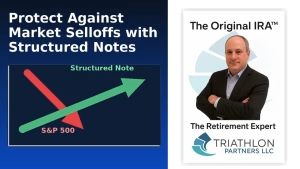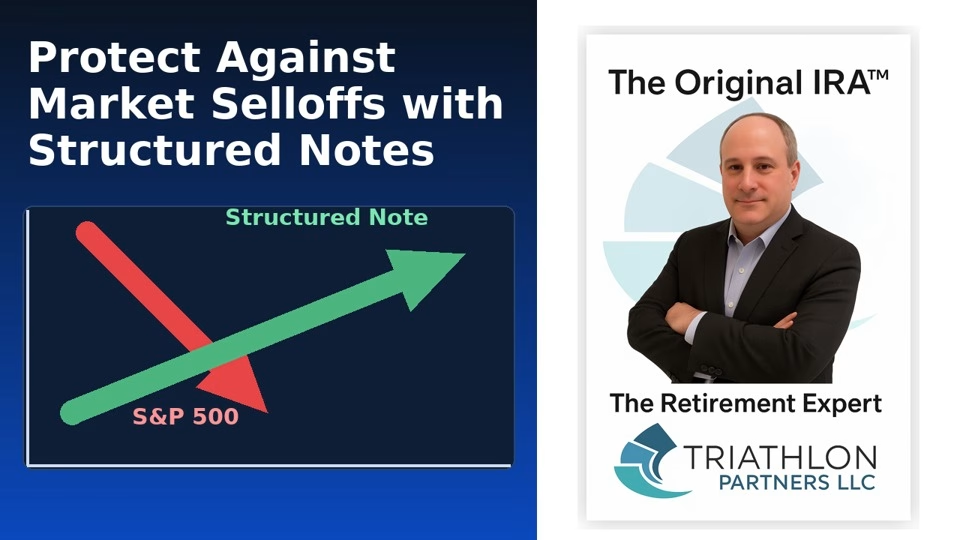Structured Note Seminar
In this six-part seminar, Ira Koyner (“The Original IRA”) walks through how notes are built, where they fit, and the trade-offs to understand—using simple diagrams and real examples. Click the link to watch all the episode below.
Learn More





